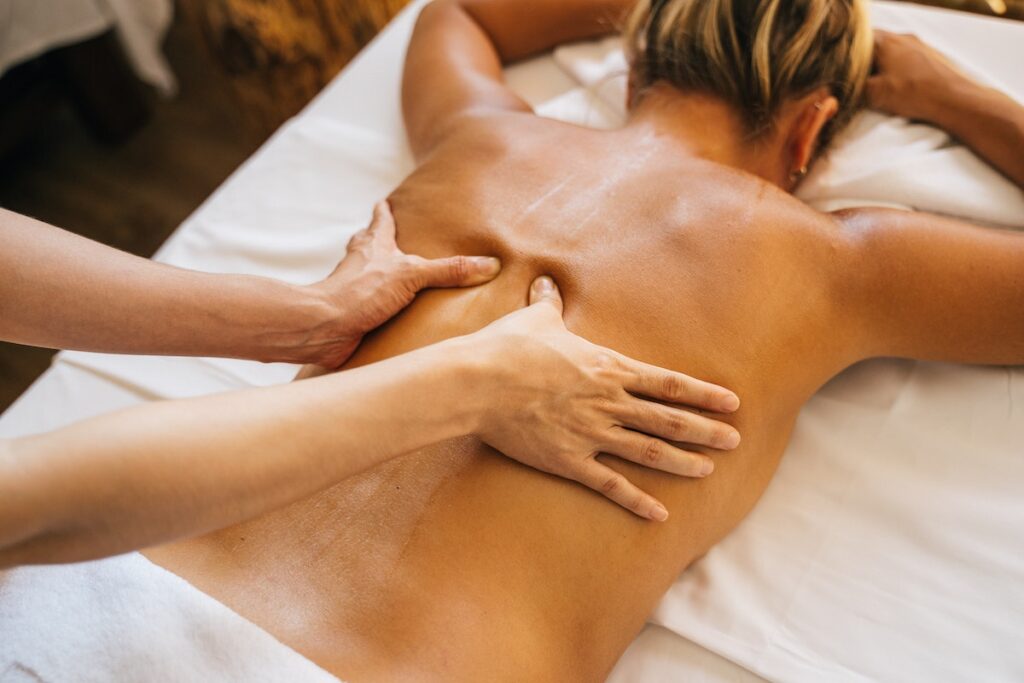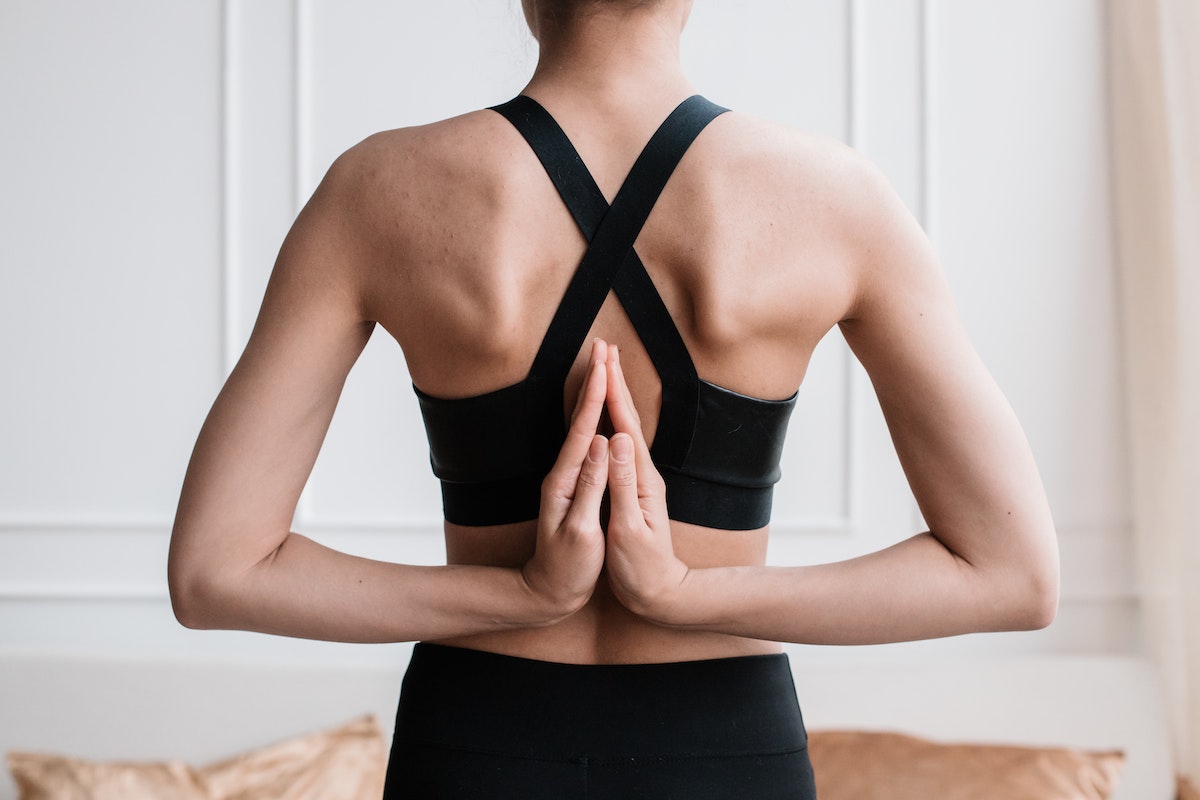Introduction
Soreness in the lower back is a prevalent and often uncomfortable issue experienced by people of all ages and lifestyles. The lower back, also known as the lumbar region, plays a critical role in supporting the upper body and facilitating movement. However, due to its involvement in various activities, the lower back is susceptible to strain, injury, and chronic conditions that can lead to soreness. In this comprehensive article, we will delve into the causes, symptoms, diagnosis, treatment options, and preventive measures for soreness in the lower back.
Section 1: Anatomy of the Lower Back
Understanding the anatomy of the lower back is essential for comprehending the sources of soreness. The lumbar region consists of five vertebrae (L1 to L5) that support the weight of the upper body and protect the spinal cord. These vertebrae are connected by intervertebral discs, which act as shock absorbers and allow flexibility in the spine. Muscles, ligaments, tendons, and nerves in the lower back provide stability and facilitate movement.
Section 2: Common Causes of Sore Lower Back
Soreness in the lower back can arise from various factors, including:
- Muscle Strain: Overuse, improper lifting, or sudden movements can strain the muscles in the lower back, leading to soreness.
- Poor Posture: Prolonged periods of sitting, slouching, or standing with poor posture can strain the lower back muscles and lead to soreness.
- Herniated Disc: A herniated or slipped disc can put pressure on the nerves in the lower back, causing pain and soreness.
- Degenerative Disc Disease: Wear and tear on the intervertebral discs over time can lead to lower back soreness.
- Sciatica: Compression or irritation of the sciatic nerve, which runs from the lower back down to the legs, can cause radiating pain and soreness.
- Spinal Stenosis: Narrowing of the spinal canal can put pressure on the nerves in the lower back, leading to soreness and discomfort.
- Spondylolisthesis: A condition where one vertebra slips forward over the one below it, resulting in lower back pain and soreness.
- Arthritis: Inflammation of the facet joints in the lower back can cause soreness and stiffness.
Section 3: Symptoms of Sore Lower Back

Soreness in the lower back can manifest with various symptoms, depending on the underlying cause and severity. Common symptoms of a sore lower back include:
- Pain: Dull, aching, or sharp pain in the lower back, which may worsen with movement or certain activities.
- Stiffness: Feeling stiff and unable to move freely in the lower back area.
- Muscle Tension: Tightness and muscle spasms in the lower back muscles.
- Radiating Pain: Pain that travels down the buttocks, thighs, or legs, especially in cases of sciatica.
- Limited Range of Motion: Difficulty bending forward, backward, or side-to-side due to lower back soreness.
- Weakness: Feeling weak in the lower back, making it challenging to support the upper body or perform physical tasks.
Section 4: Diagnosis of Sore Lower Back
Accurate diagnosis is crucial for determining the underlying cause of lower back soreness and guiding appropriate treatment. The following methods are commonly used for diagnosis:
- Medical History: The healthcare provider will inquire about the patient’s symptoms, medical history, and any recent injuries or activities that may have contributed to the lower back soreness.
- Physical Examination: A thorough examination of the lower back, assessing range of motion, tenderness, swelling, and signs of inflammation.
- Imaging Studies: X-rays, MRI, or CT scans may be conducted to visualize the lower back’s internal structures and detect any abnormalities or signs of joint degeneration or herniated discs.
- Electromyography (EMG): EMG tests can evaluate nerve function and identify nerve compression or damage.
Section 5: Treatment Options for Sore Lower Back

Treatment for soreness in the lower back depends on the underlying cause, the severity of the condition, and the patient’s overall health. Common treatment options include:
- Rest and Activity Modification: Resting the lower back and avoiding activities that exacerbate pain can promote healing and prevent further strain.
- Physical Therapy: Targeted exercises and stretches can help strengthen the muscles around the lower back, improve flexibility, and reduce soreness.
- Medications: Over-the-counter pain relievers, such as acetaminophen or nonsteroidal anti-inflammatory drugs (NSAIDs), can provide short-term relief from pain and inflammation.
- Heat and Cold Therapy: Applying heat packs or cold compresses can help reduce inflammation and alleviate soreness.
- Massage Therapy: Professional massage can help relax the lower back muscles and alleviate soreness.
- Epidural Steroid Injections: In cases of nerve compression, injections of corticosteroids can help reduce inflammation and relieve pain.
- Chiropractic Care: Manual adjustments by a chiropractor can provide relief for certain conditions causing lower back soreness.
- Acupuncture: Some individuals find relief from lower back soreness through acupuncture, an alternative therapy that involves the insertion of thin needles into specific points on the body.
- Weight Management: Maintaining a healthy weight can reduce stress on the lower back and improve symptoms.
- Stress Management: Practicing stress-relief techniques such as meditation, yoga, or deep breathing exercises can help relax the back muscles and promote overall well-being.
Section 6: Preventive Measures for Sore Lower Back
While not all instances of lower back soreness can be prevented, several lifestyle choices and precautions can help reduce the risk and maintain lower back health:
- Maintain a Healthy Weight: Excess body weight can increase the load on the lower back, leading to soreness.
- Engage in Regular Exercise: Regular physical activity can strengthen the lower back muscles and improve flexibility.
- Practice Good Posture: Maintain proper posture when sitting, standing, and lifting objects to reduce strain on the lower back.
- Use Proper Lifting Techniques: Bend at the knees and lift objects with your legs, not your back, to avoid lower back strain.
- Wear Supportive Footwear: Choose shoes that provide adequate support and cushioning for the feet and lower back.
- Avoid Prolonged Sitting: Take breaks during prolonged sitting to stretch and relieve pressure on the lower back.
- Sleep on a Supportive Mattress: Ensure your mattress provides proper support to maintain the natural curvature of the spine during sleep.
- Use Ergonomic Furniture: Use ergonomic chairs and workstations to support proper posture during work or study.
Conclusion
Soreness in the lower back is a common issue that can impact daily activities and overall quality of life. Understanding the causes, symptoms, and preventive measures for lower back soreness is essential for promoting a healthy and pain-free lower back. By adopting a proactive approach to lower back health, including maintaining a healthy weight, practicing good posture, and engaging in regular exercise, individuals can reduce the risk of soreness and enjoy an active and comfortable lifestyle. If lower back soreness persists or worsens, seeking timely medical attention and following appropriate treatment plans can help manage symptoms and improve lower back function.


